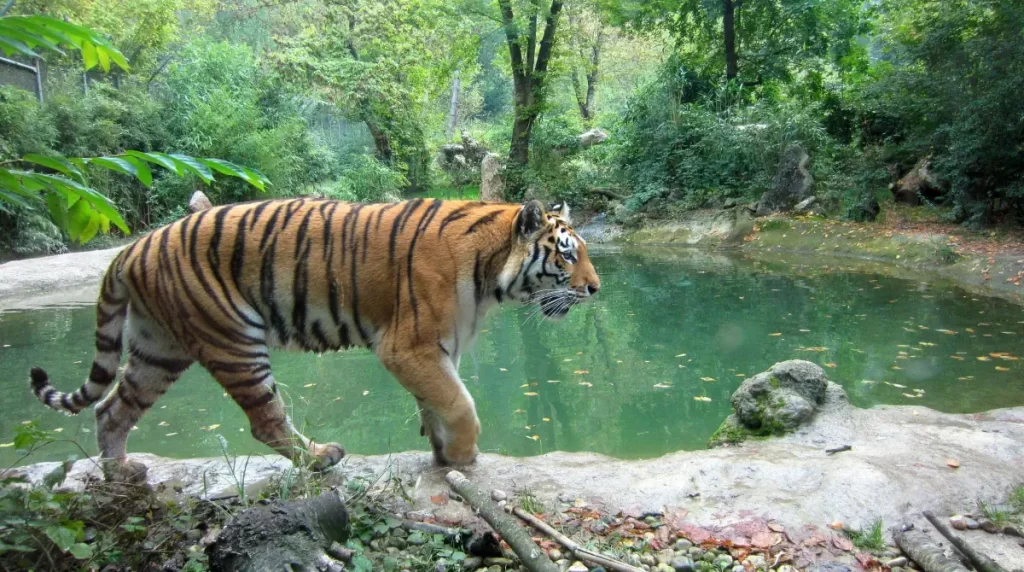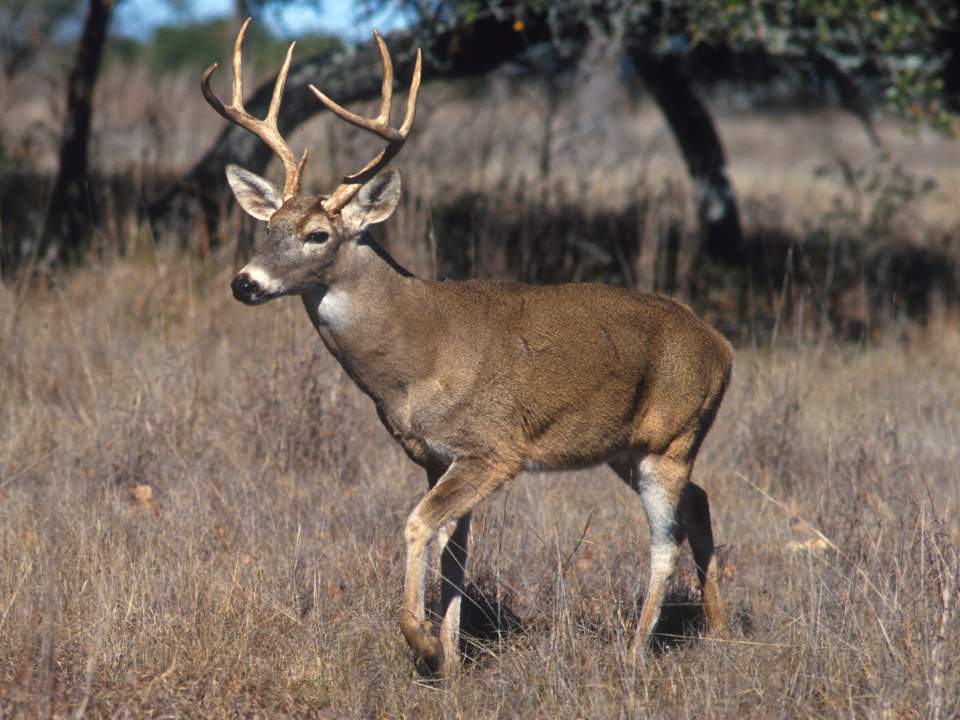We, humans, are destroying the Earth’s wilderness at an alarming pace. Scientists say we have destroyed 10% of Earth’s wildlife habitat in just 25 years. Since 1993, 3.3 million km2 of global wilderness areas, particularly in the Amazon basin (almost 30%) and central Africa (14%) were lost. This is almost twice the size of Alaska!
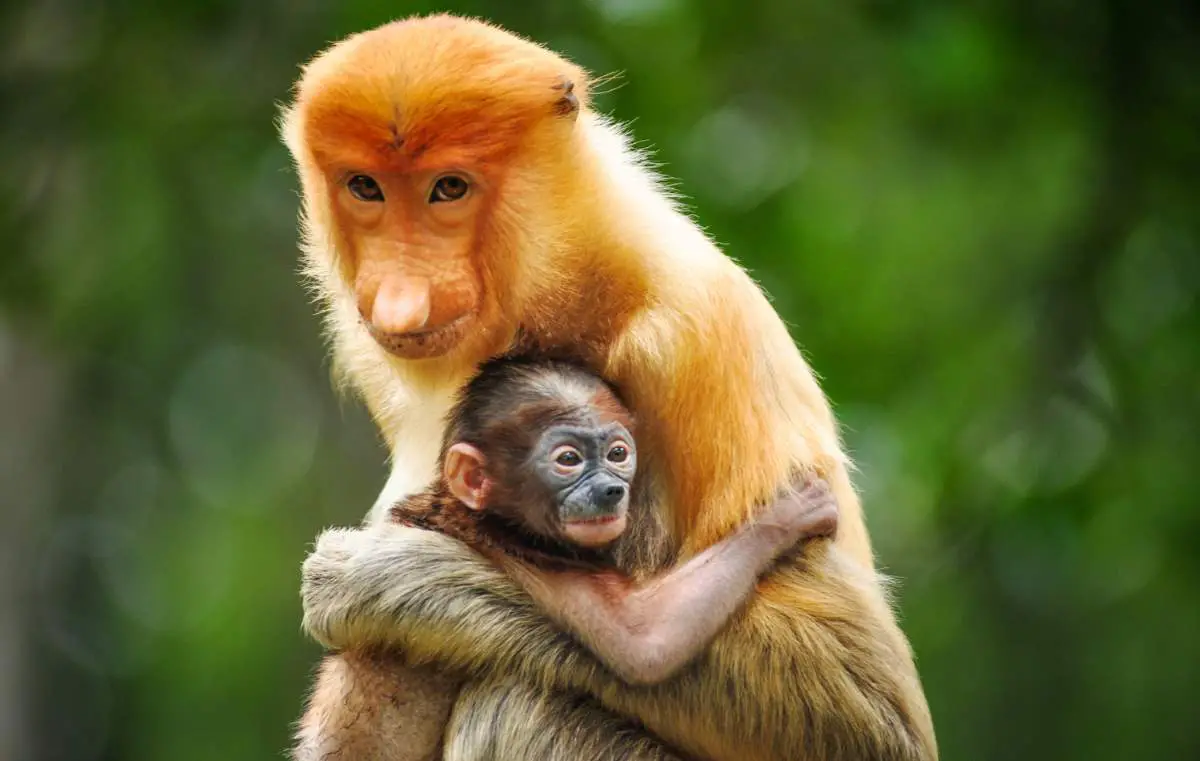
According to a new study published in Current Biology, today, only 30.1 million km2 (or 23.2% of terrestrial areas) of the world’s land area now remains wilderness. Since the early 1990s, we’re destroying wildlife habitats at an alarming rate. An estimated 3.3 million km2 has been lost since the early 1990s (approximately a 9.6% loss in two decades), with the most loss occurring in South America (experiencing 29.6% loss) and Africa (experiencing 14% loss).
For a long time, researchers thought that the Earth’s wilderness takes care of itself. The thinking went that wild places are still wild because they’re difficult places to people live in: like parts of Siberia, or the Sahara desert, for instance. But researchers now think that those areas should be actively protected, too, and we have to act urgently because we’re constantly losing wilderness at a dangerous
One of the team members, the corresponding author of the study, James E.M. Watson, from the University of Queensland in Australia and the Wildlife Conservation Society in New York, says: “The amount of wilderness loss in just two decades is staggering and very saddening. You cannot restore the wilderness. Once it is gone, the ecological processes that underpin these ecosystems are gone, and it never comes back to the state it was. The only option is to proactively protect what is left.”
“If we don’t act soon, it will be all gone, and this is a disaster for conservation, for climate change, and for some of the most vulnerable human communities on the planet. We have a duty to act for our children and their children.”
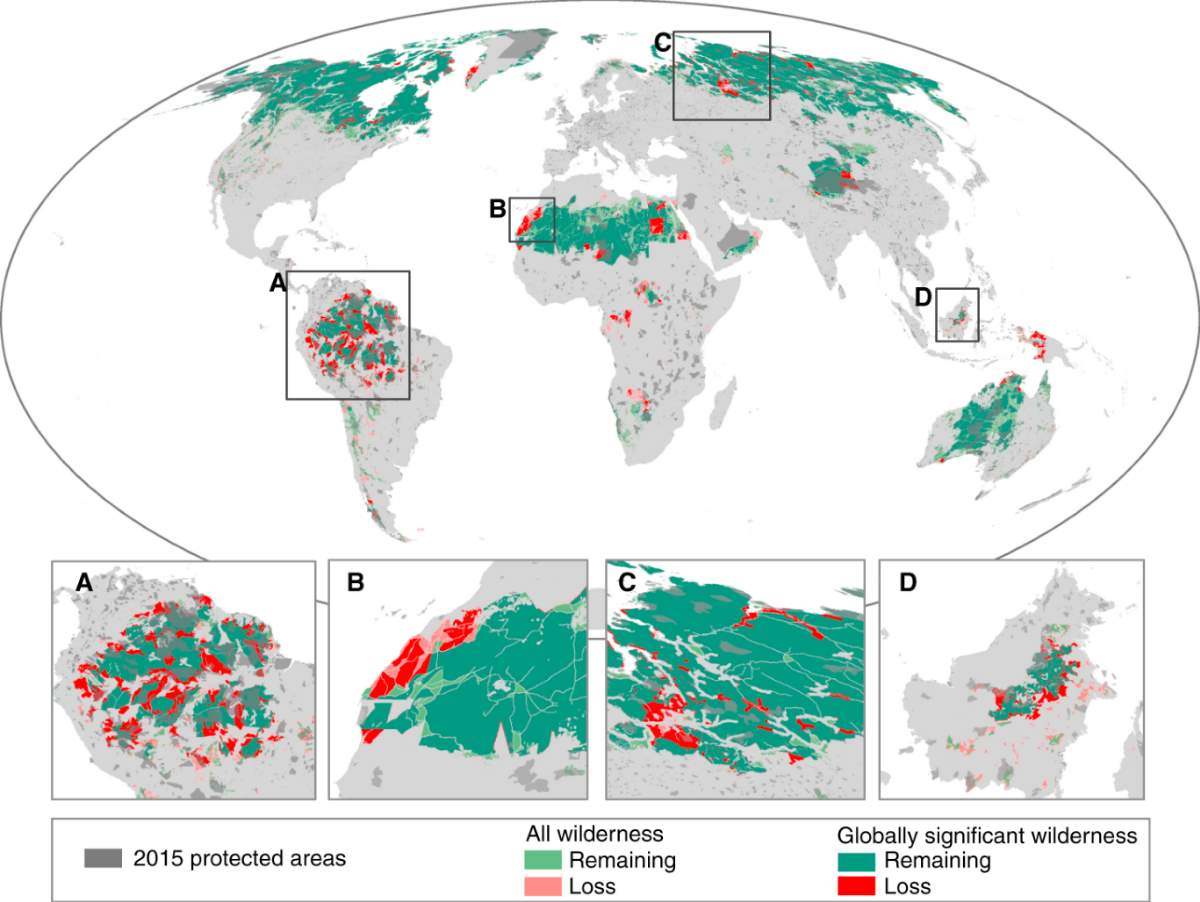
Today, only 20 nations control 94% of the world’s remaining wilderness, excluding Antarctica and the high seas. And within those 20, five nations -Russia, Canada, Australia, the US, and Brazil- control a whopping 70%.
Humans have wiped out 60% of wildlife in less than 50 years
Humans have wiped out 60% of wildlife in less than 50 years, scientists say. According to a recent report published on the World Economic Forum website, the WWF’s (World Wide Fund for Nature) latest Living Planet Index revealed just how rapid and dramatic those shifts are, calculating that the population abundance of mammals, birds, reptiles, amphibians, and fish has decreased by more than half in less than 50 years.
Pollution, global warming,
- A fifth of the Amazon rainforest has disappeared.
- We’ve lost half of the world’s shallow-water corals.
- Scientists tracked 4,000 species between 1970 and 2014 and found that 89% of vertebrate animals in South and Central America have been wiped out. Mostly for deforestation to clear land for planting crops.
- Today, 90% of seabirds are estimated to have fragments of plastic in their stomach. In the 1960s, it was 5%.
- Many scientists think humans have already triggered the sixth major mass extinction event. We have already destroyed 83% of all the mammals that have ever existed. And we are missing our chance to stop it.
- Even if we stopped poaching, polluting, and destroying wild areas in the next 50 years, it would take 3 to 5 million years for Earth to return to how it is today.
The report’s authors call for an international agreement to decrease the rate of the loss of biodiversity.
Animals are disappearing from the forests, and the consequences will be grave
Forests, especially tropical ones are more than just trees. They’re also the animals that live in them. Unfortunately, Worryingly, these furry and feathered companions are rapidly disappearing. A 2019 research indicates that this will have grave repercussions for the role forests play in combating global warming.
Intact forests (or primeval forests) provide diverse and irreplaceable ecosystems. Healthy forests swarm with life. Unfortunately, due to human activity, like hunting, logging, and deforestation for farmland, many forests today are highly fragmented.
Fragmentation of the forests is a really bad thing because it divides wildlife populations into smaller ones. This causes a “genetic bottleneck” that resulted in inbreeding, which detrimentally impacts species’ survival.
The consequences of such a genetic bottleneck might include a low sperm count, decreased sperm motility, deformed flagella, difficulty in captive breeding, and susceptibility to disease.
As a result, many forests around the world have already lost most of their largest animals. This also causes negative feedback and leads to reduced forest regeneration. The loss of animals greatly compromises the ability of forests to reproduce.
The reason is that animals play a key role in seed dispersal. Trees make fruit to entice animals to transport their seeds because they are more likely to germinate and grow successfully if they fall further from their parent tree. It’s not advantageous for a young sapling to be growing up underneath a large parent individual of the same species because you’re going to be attacked by the same enemies (parasites) that are attacking that parent.
So when fruit-eating animals (especially birds, bears, and primates) disappear, fewer seeds are dispersed and the trees struggle to reproduce.
Most tropical forests are dominated by trees whose seeds are dispersed by animals. So, this negative feedback slowly changes how forests look over time. These kinds of trees are gradually replaced by trees that use the wind to reproduce, which have smaller and lighter seeds.
The problem here is, these lighter, smaller seeds also produce smaller trees that store less carbon for a given area of forest. As a result, forests will store less and less carbon gradually. We have limited land for forests on Earth, so crippling the forests’ carbon storage ability is a really bad thing as it further complicates our fight against climate change.
Why the Earth’s wilderness is important?
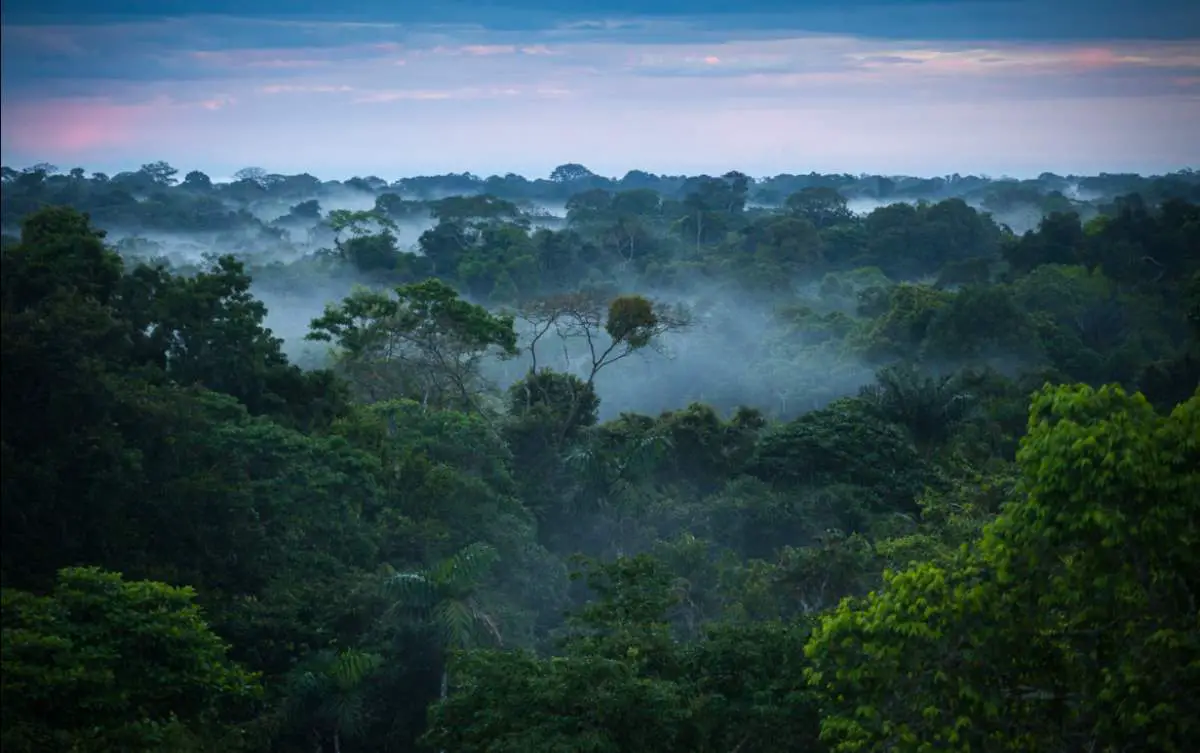
The wild areas support most of the world’s biodiversity. They are a haven for animals, fish, birds, and insects of all types, providing them with safe places to live, raise offspring, rest, and feed during migratory flights, as well as a way to traverse from one area to another along migration corridors.
What’s more, wilderness protects watersheds that provide clean drinking water to surrounding communities. Wilderness also filters and cleans the air we breathe (that’s why the Amazon rainforest is dubbed the “Lungs of the planet”).
People also depend on wilderness for their favorite recreation opportunities, such as nature walking, wildlife watching, hiking, biking, canoeing, and camping.
The term “biodiversity” was first used at the US National Research Council in 1985 while convening a forum to address concerns regarding biodiversity loss. Following the event, the philosopher Bryan Norton likened the Earth to a patient whose survival is dependent on a life-support machine. Hospital staff enter and announce that, in order to increase the hospital’s revenue, they will be selling a few components of the machine.
“It’s got so many wires and screws, it can’t possibly need them all,” they blithely assure the patient. Would you take that gamble? Biodiversity underpins life as we know it. It is the very apparatus that holds us steady.
Sources
- Study: “Catastrophic Declines in Wilderness Areas Undermine Global Environment Targets” on Current Biology (cell.com)
- “Humans Have Destroyed 10% of Earth’s Wilderness in Just 25 Years” on Science Alert
- “The world’s wilderness is disappearing” on The Verge
- “Just Five Countries Control Most of the World’s Remaining Wilderness” on Gizmodo Earther
- “We’ve lost 60% of wildlife in less than 50 years” on the World Economic Forum website
- “Why Protect Wilderness” on wilderness.org
- “Animals are disappearing from forests, with grave consequences for the fight against climate breakdown – new research” on The Conversation
- The Largest Elephant Ever Recorded : Henry - October 13, 2024
- All Moons in Our Solar System [2024 Update] - September 17, 2024
- Budget of NASA, Year by Year [1980-1989] - June 10, 2024
